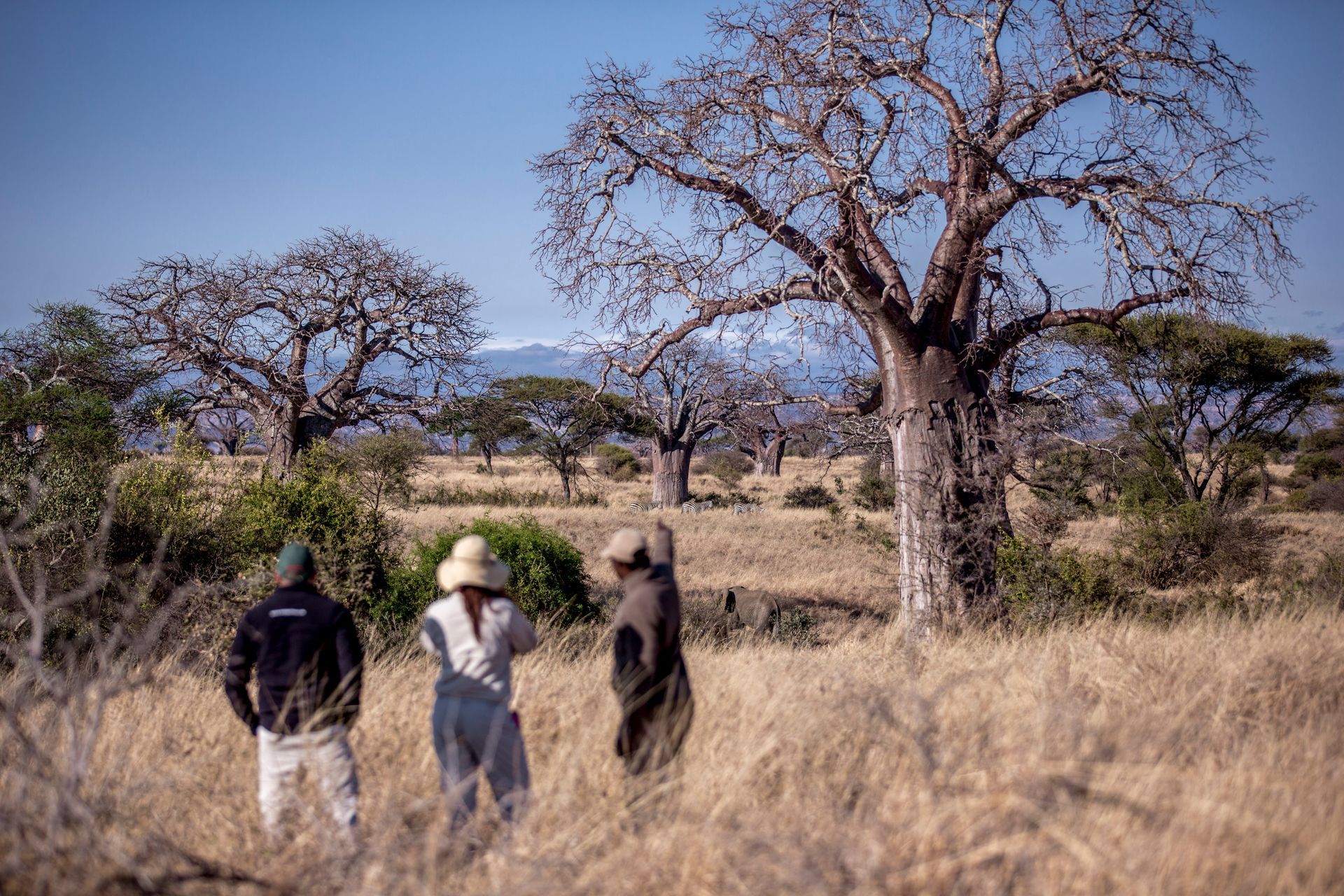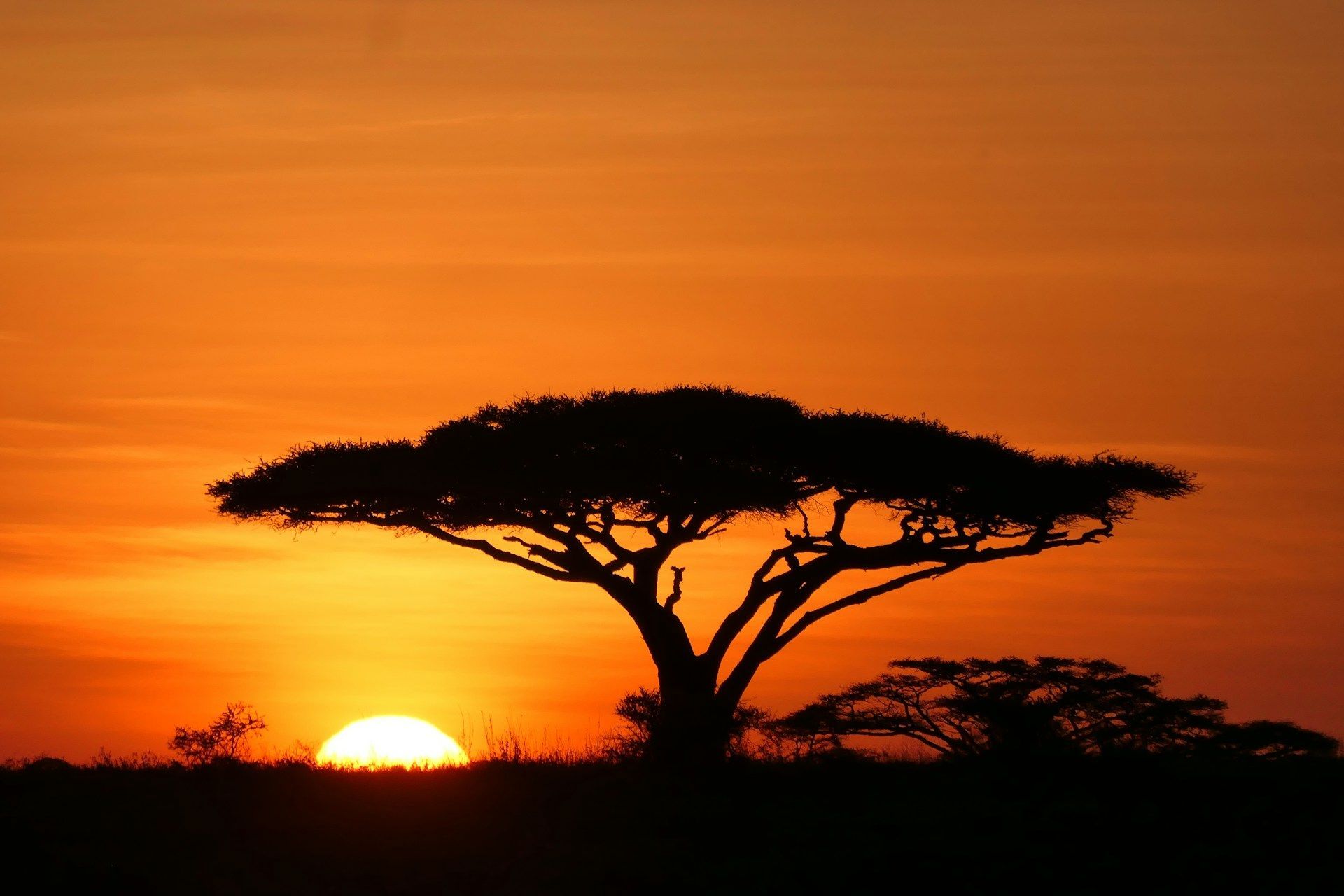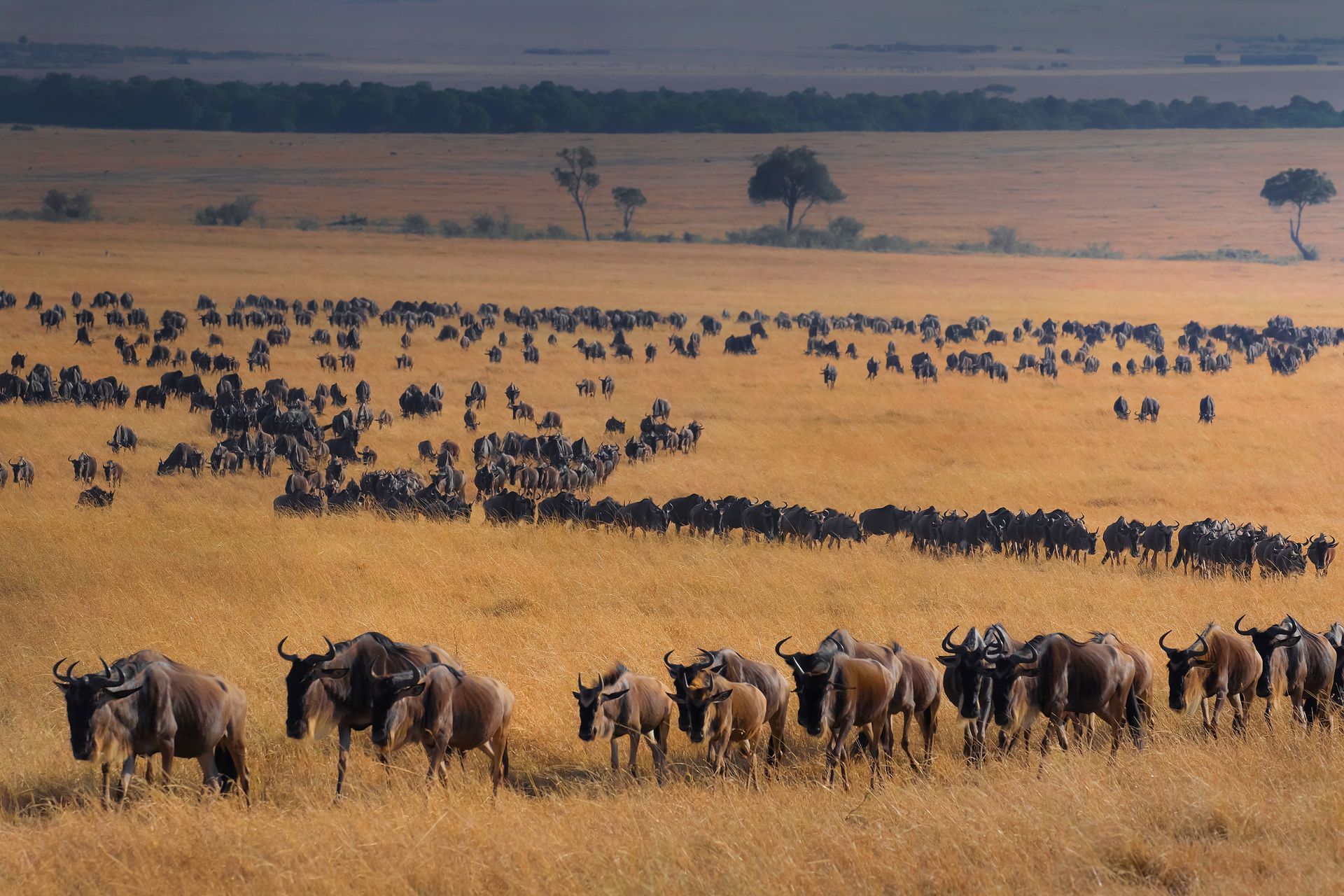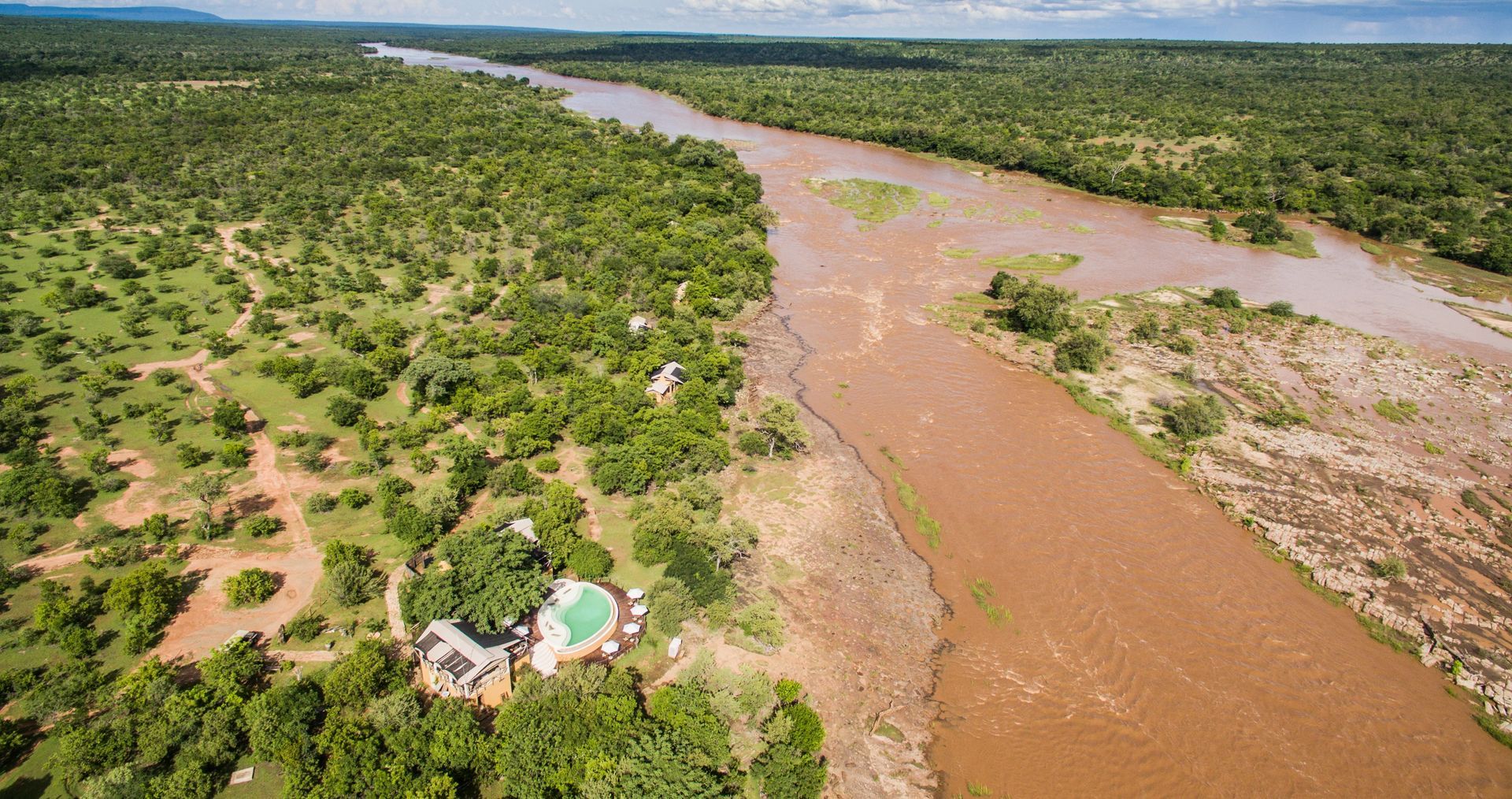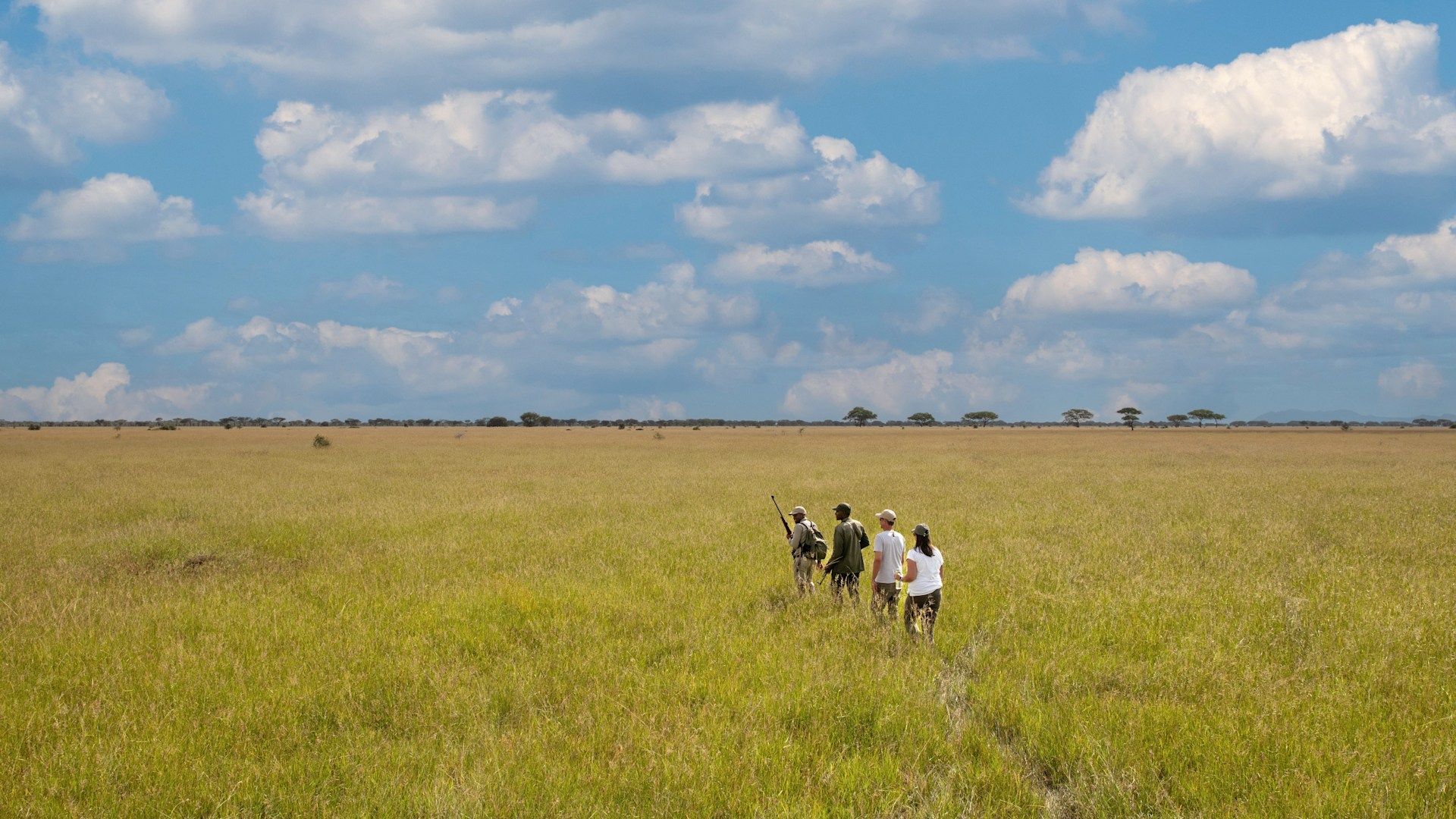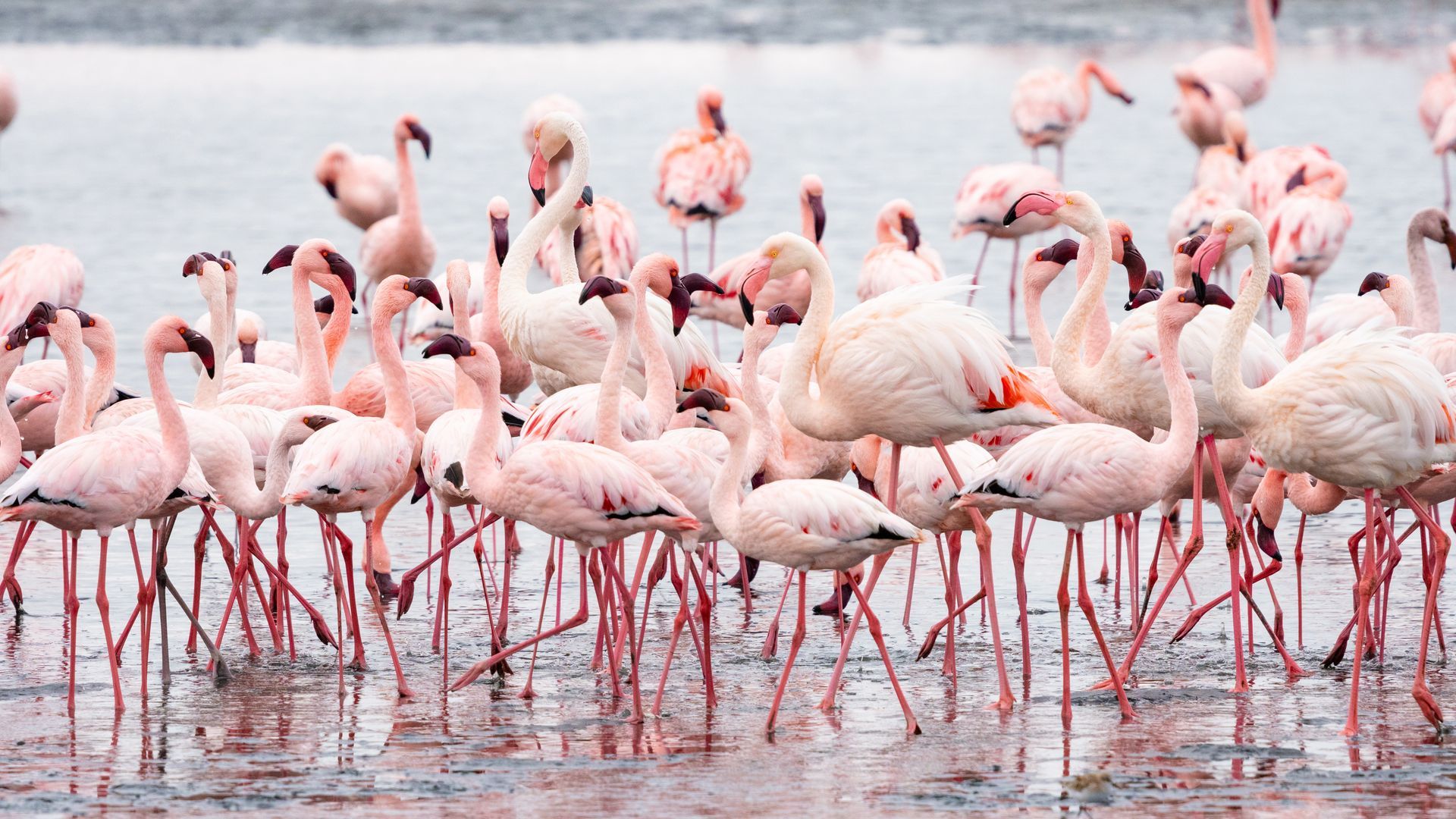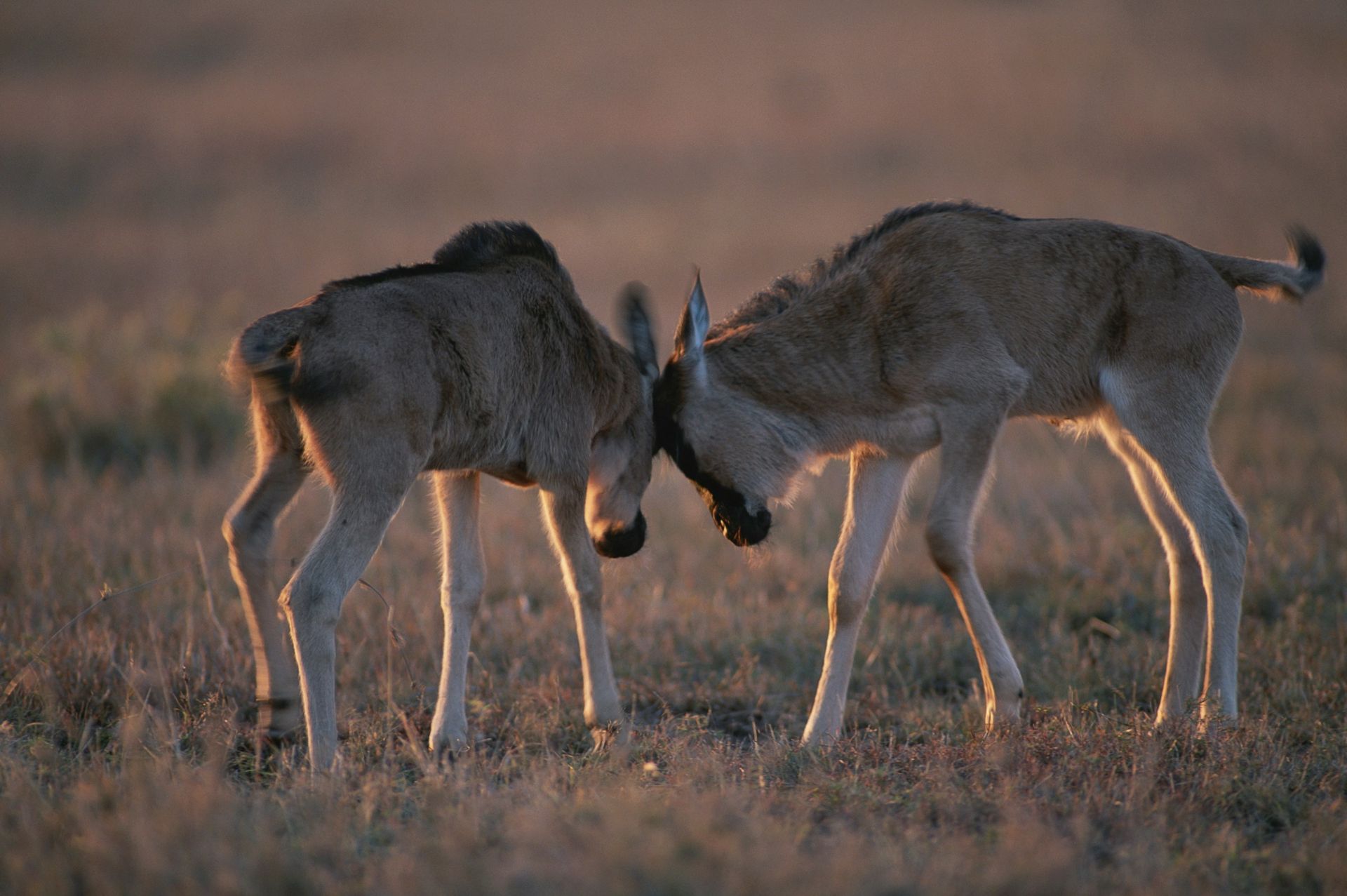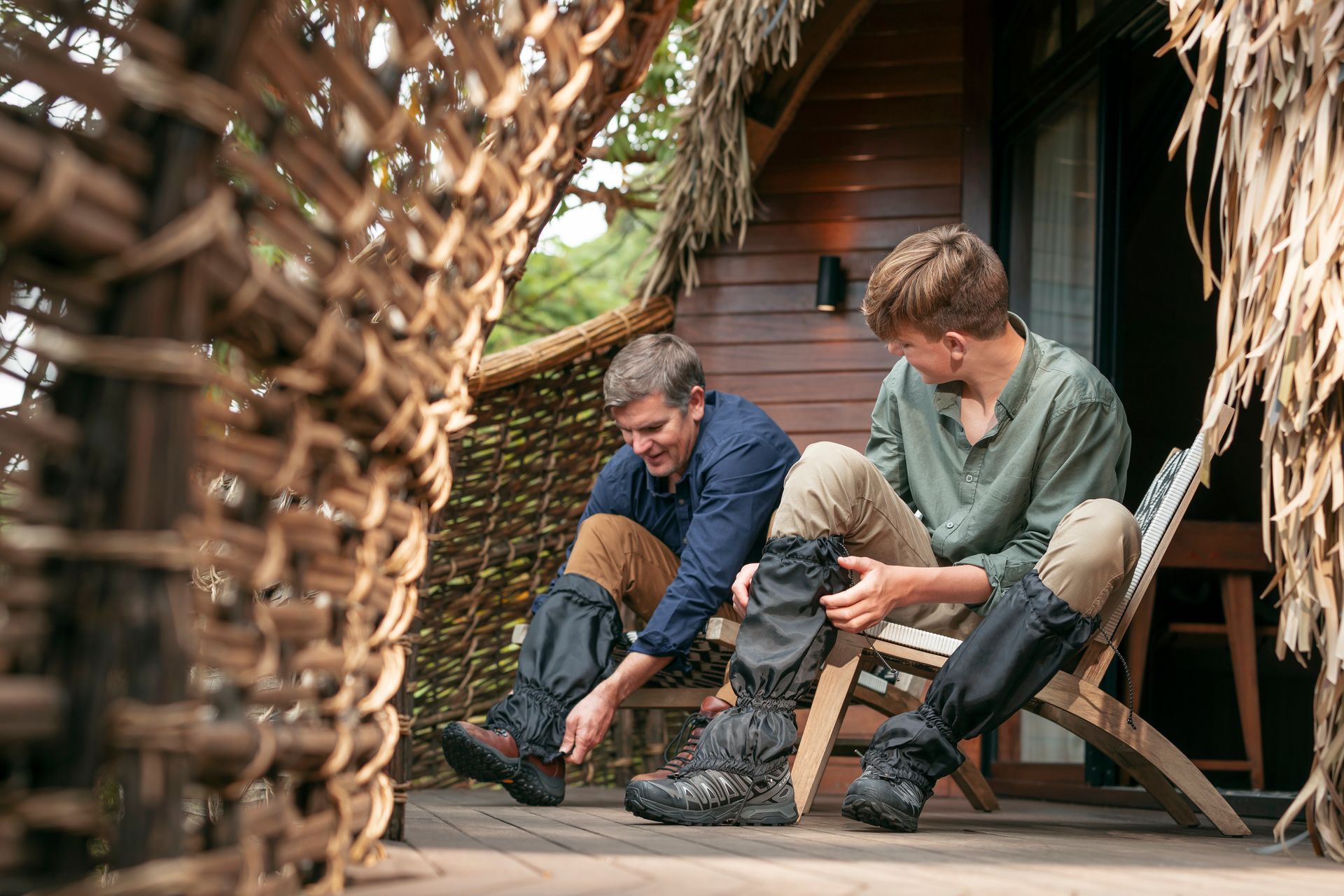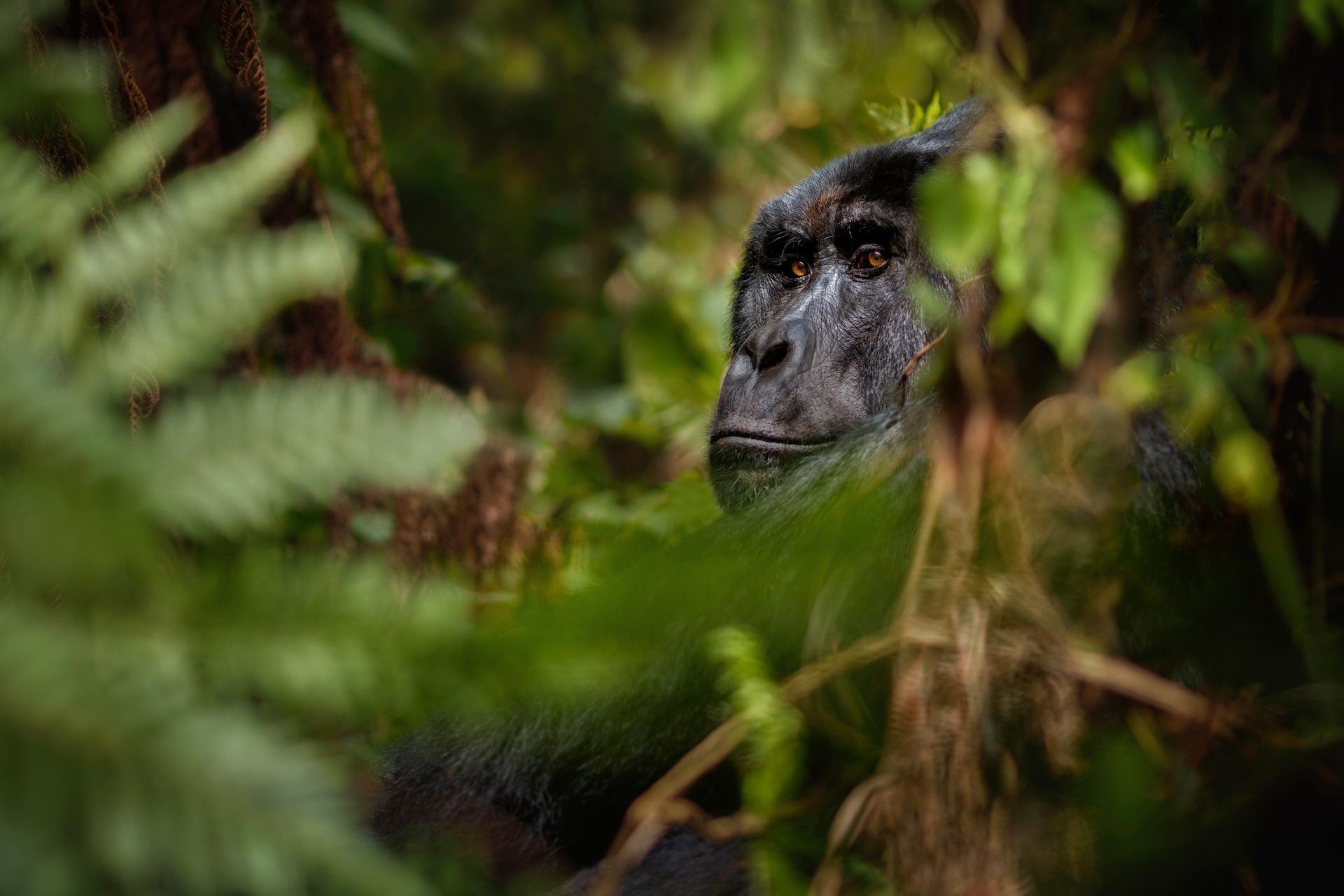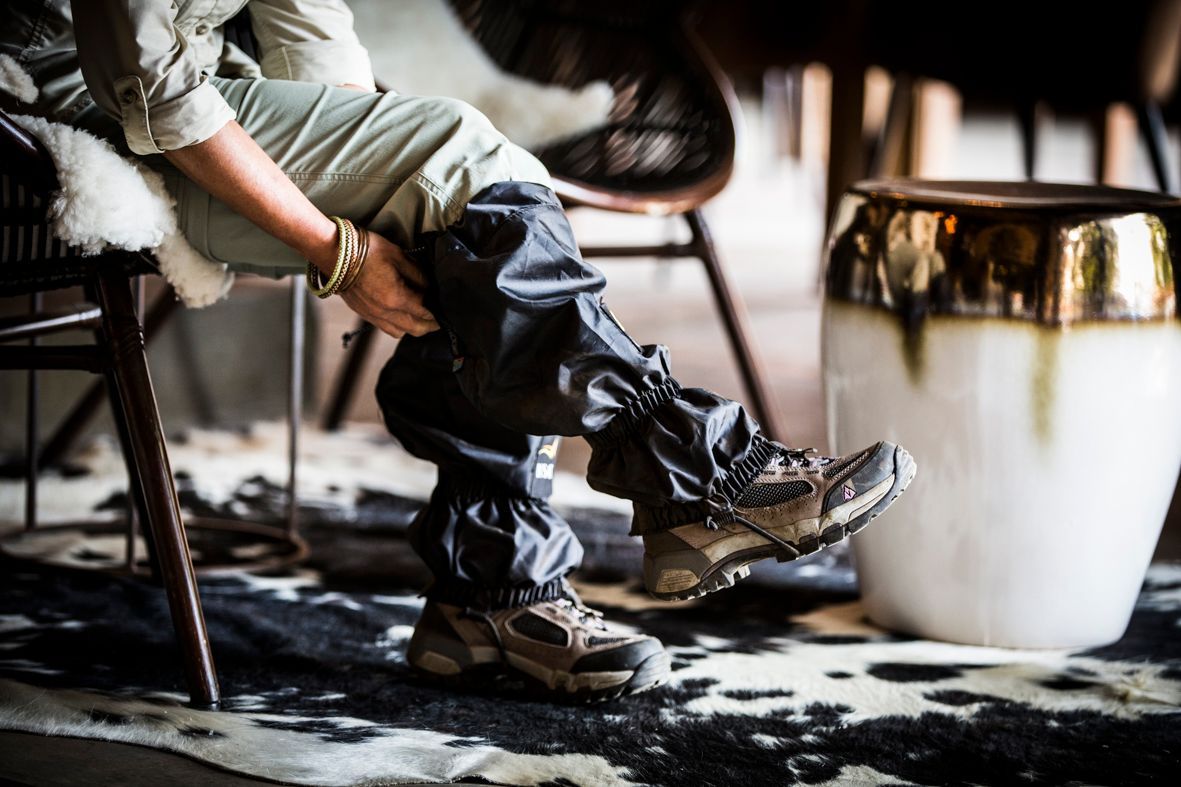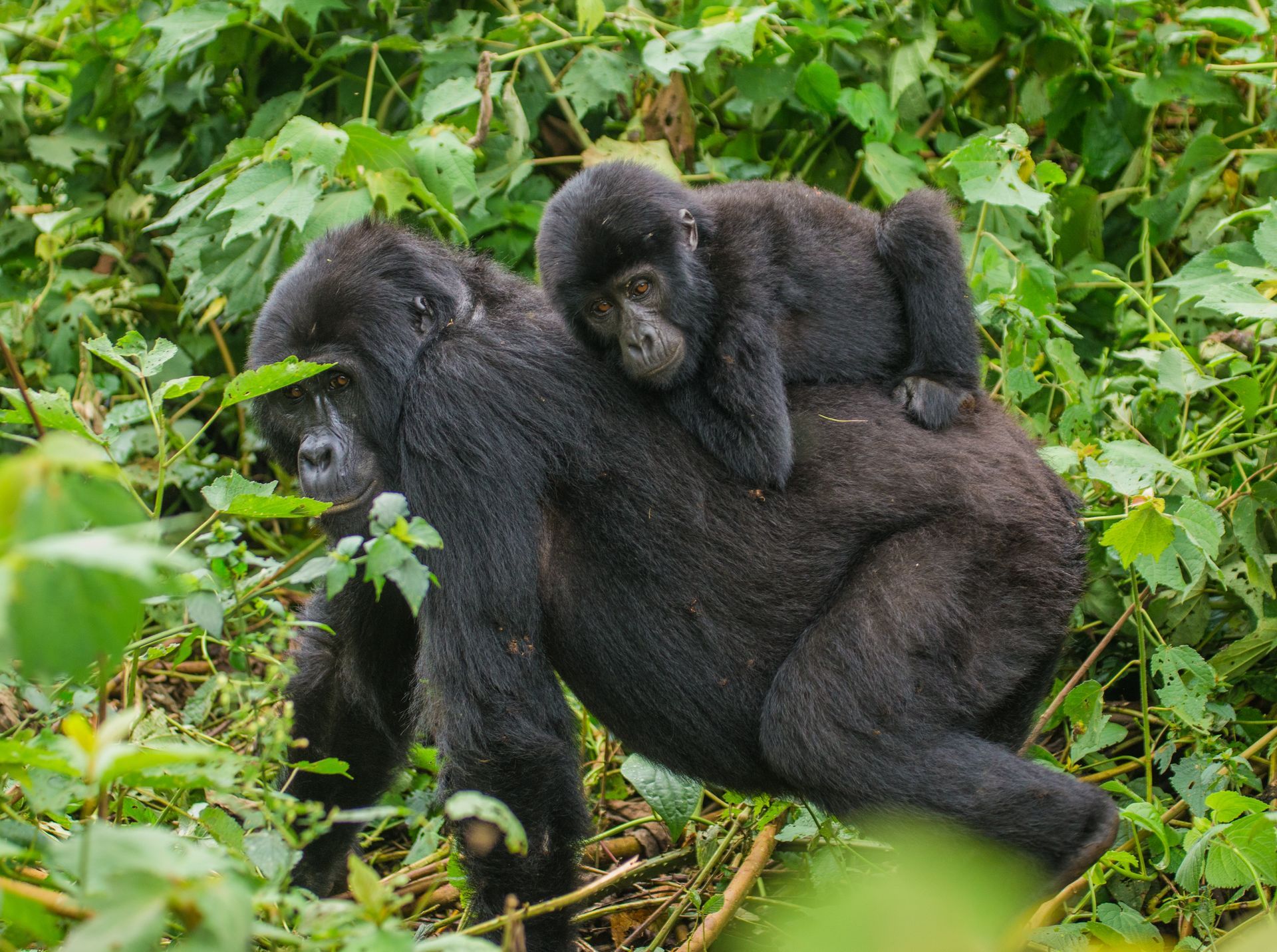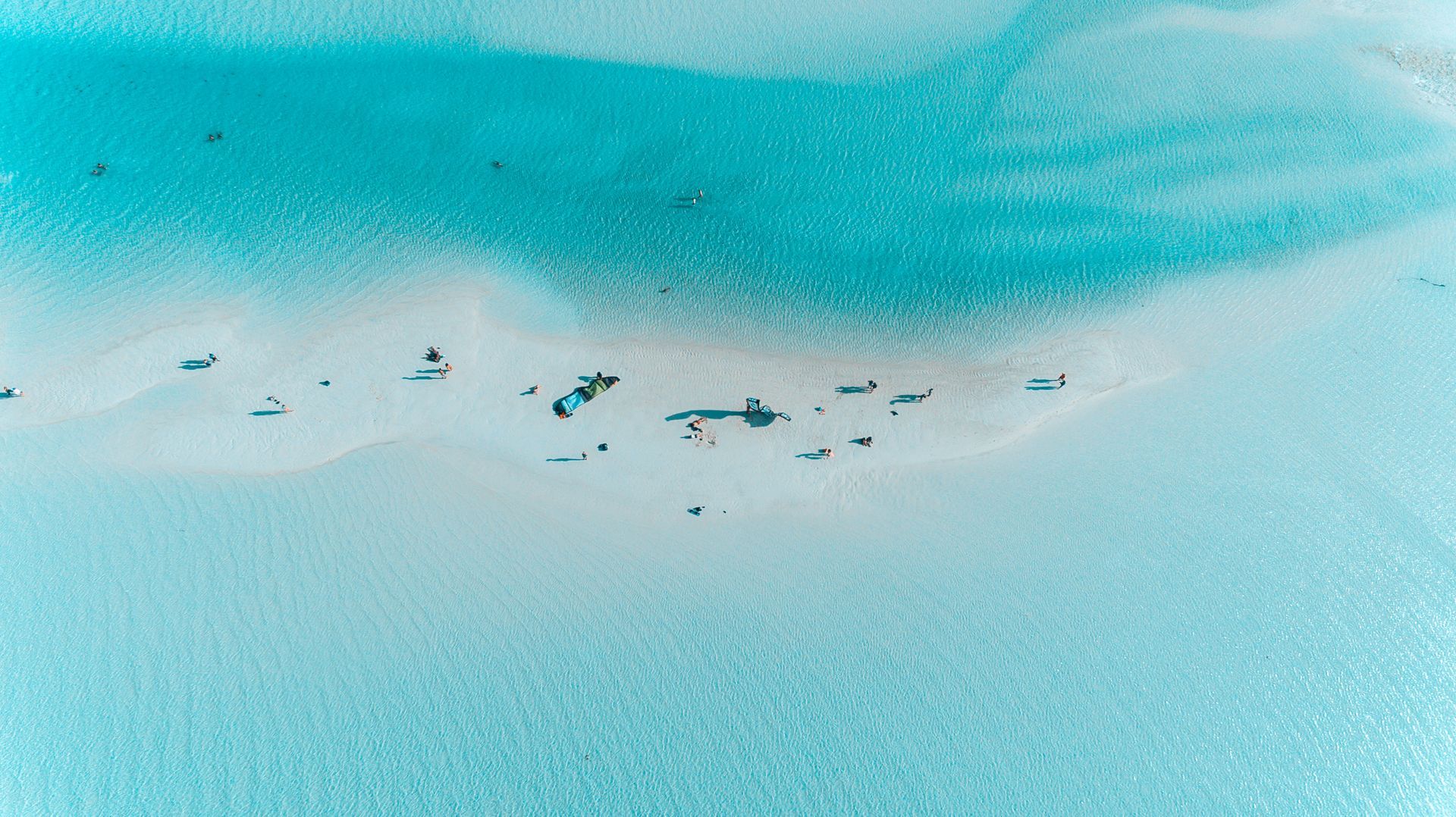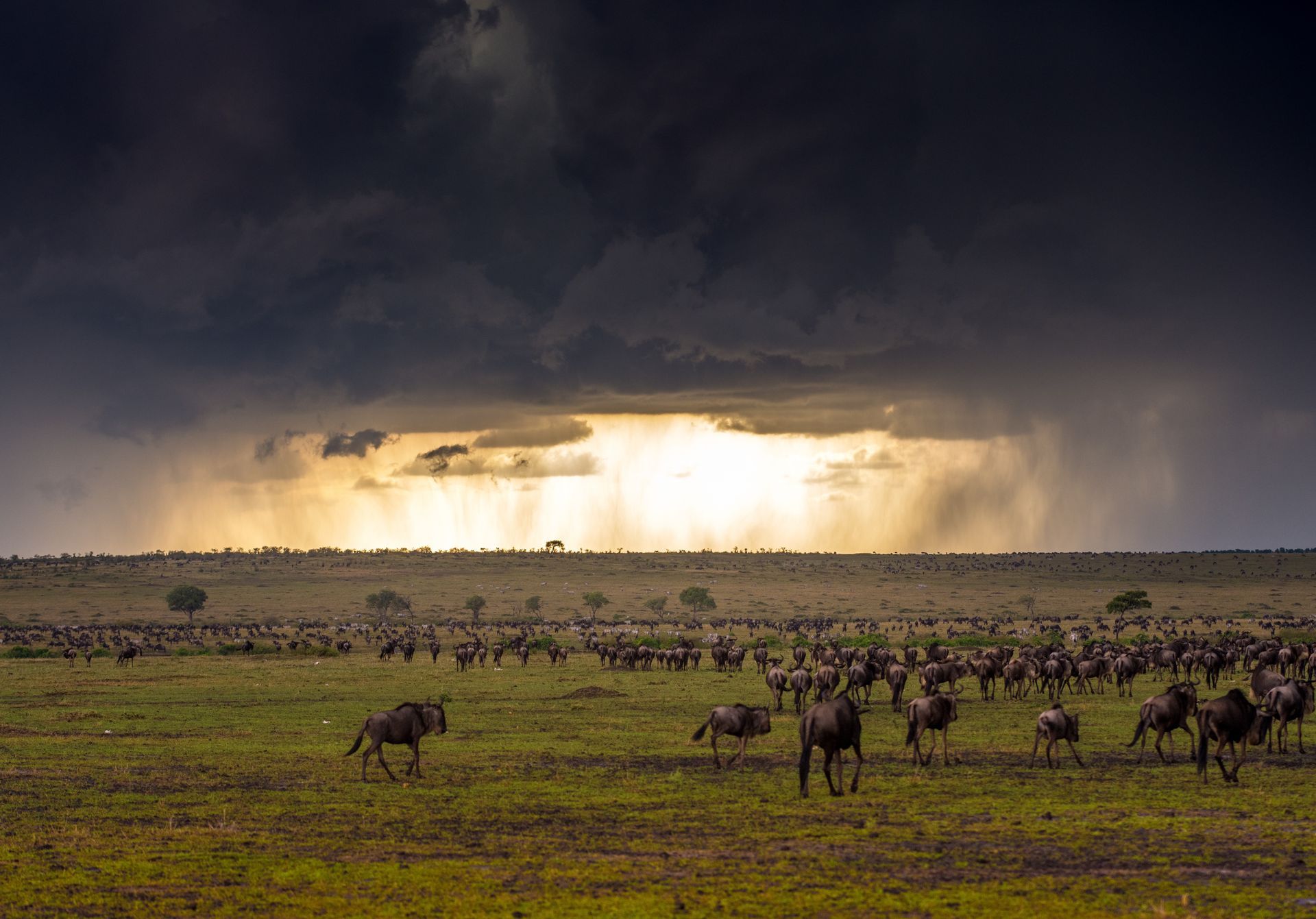The great gorilla trekking guide
Handy tips and important info from A&H
Gorilla trekking is the ultimate bucket-list experience. For anyone seeking a profound connection with nature, few experiences can rival a face-to-face encounter with the world’s last remaining mountain gorillas. In the mist-shrouded heights of Rwanda’s Volcanoes National Park and Uganda’s Bwindi Impenetrable Forest, these magnificent creatures roam freely in their natural habitat. But which is the most suitable for your guests? What's the terrain like? What does it cost? We've come up with this handy guide to help you navigate the pros and cons...
The gorilla trekking journey is a deeply personal one — a combination of adventure, wildlife conservation, and emotional connection to a rare and endangered species. Guiding guests through this life-affirming adventure goes beyond simply knowing the trails.
It requires a deep understanding of the journey — the permits, the terrain, the expectations, and the unique elements of both Uganda and Rwanda. This is where we come in, ensuring your guests not only have an unforgettable experience but do so with the highest level of comfort and safety. Let's take a look at what's involved...
Permit: securing the golden ticket
Gorilla trekking permits are the key to unlocking access to these awe-inspiring creatures. But securing one is no simple task. The permits act as a "golden ticket" into the world of mountain gorillas, and for good reason. Both Rwanda and Uganda regulate their gorilla treks with strict quotas to protect the gorillas’ fragile populations and their sensitive habitats. The permits ensure that only a limited number of people venture into these pristine rainforests each day, keeping the impact on the environment and the gorillas minimal.
In Rwanda, securing a permit can be competitive. The prices are as follows (as of March 2025):
Foreign non-residents: $1,500 USD
Foreign residents: $500 USD
Rwandan and East African citizens: $200 USD
In Uganda, the cost is slightly more affordable:
Foreign non-residents: $800 USD
Foreign residents: $700 USD
East African citizens: Around $80 USD
Other African passport holders: $500 USD
Both countries are strict about limiting the number of daily trekkers to reduce environmental impact, making it essential to book well in advance — ideally six to nine months before your desired trekking date. This not only secures a spot but allows trekkers to plan their entire experience without stress, ensuring they get the most out of this rare opportunity.
Conditions for trekkers: fitness, age, and responsibility
Gorilla trekking is a physically demanding adventure. The terrain can be steep, muddy, and unpredictable, which makes the journey even more exhilarating. Treks range in duration from a challenging one-hour hike to a full day of navigating through dense undergrowth. It’s not just about the final encounter with the gorillas — the trek itself is often a test of endurance, pushing trekkers through thick foliage, across streams, and up rugged hills. Depending on the group you're assigned to, treks can last anywhere from one to eight hours, but every step is worth it when you finally catch sight of the gorillas.
A moderate to high level of fitness is recommended, as well as appropriate footwear for traversing muddy paths and uneven terrain. The trails can be slippery, so sturdy boots with ankle support and weather-appropriate clothing are essential.
Age is also a consideration: trekkers must be at least 15 years old. And due to the delicate health of mountain gorillas, anyone showing signs of illness (cold, cough, etc) will be prohibited from trekking. This is an important health protocol to prevent the transmission of human diseases to the gorillas, who are extremely susceptible to respiratory infections.
Uganda vs Rwanda: the great debate
When it comes to choosing between Uganda and Rwanda for gorilla trekking, it’s a matter of preference and what your guests seek from the experience. Let’s explore both destinations in detail:
Uganda is home to nearly half of the world’s remaining mountain gorillas, and Bwindi Impenetrable National Park is the beating heart of gorilla trekking in the region. Here, trekkers enter dense, untouched rainforests where the air is thick with the sounds of wildlife. The terrain is raw and untamed — a far cry from the more groomed paths of Rwanda. Bwindi’s dense vegetation and rugged landscape make for a more physically challenging trek, but the reward is immense. Trekkers can expect to spend up to several hours navigating through thick forest before reaching one of the habituated gorilla families.
Pros:
Lower permit cost makes it more affordable for some.
The raw, unspoiled forest experience offers a true wilderness adventure.
Opportunities to combine gorilla trekking with chimpanzee tracking in Kibale Forest.
Cons:
The treks can be long, difficult, and often require significant endurance.
Accommodation options, while comfortable, are generally less luxurious than those found in Rwanda.
Rwanda: the elegant escape
Rwanda’s Volcanoes National Park is the crown jewel of the region when it comes to ease of access and luxury trekking experiences. With its dramatic volcanic backdrop, trekking here is less physically demanding, with trails that are often shorter and more manageable, particularly for those seeking a more relaxed pace. Rwanda’s high-end lodges, like Bisate Lodge and Singita Kwitonda Lodge, offer unparalleled luxury, with stunning views and world-class service.
Pros:
Shorter, easier treks, ideal for those who want to enjoy the experience without strenuous hiking.
Luxury lodges with superior comfort and attention to detail.
Proximity to Kigali International Airport, making access much quicker (just a two-hour drive).
Cons:
Higher permit costs, making it a pricier option.
Fewer habituated gorilla families compared to Uganda.
The add-ons: beyond the gorillas
While the gorillas are undoubtedly the highlight of any trip to Rwanda or Uganda, both countries offer incredible experiences beyond the trek. In Uganda, you can immerse your guests in classic savannah safaris at Queen Elizabeth National Park or Murchison Falls, where they’ll encounter lions, elephants, and hippos. For cultural immersion, the Batwa Cultural Experience offers a unique opportunity to learn from the indigenous forest communities who have lived in harmony with the forest for centuries.
In Rwanda, there’s more to explore, including Akagera National Park, where your guests can enjoy a Big Five safari, or Nyungwe Forest, home to chimpanzees and the famous canopy walk. And no trip to Rwanda is complete without a visit to the Kigali Genocide Memorial, a moving and essential cultural experience that offers deep insight into the country’s history and resilience.
Conservation: trekking with purpose
One of the most powerful aspects of gorilla trekking is the tangible contribution to conservation efforts. Both Rwanda and Uganda have made incredible strides in protecting mountain gorillas. Permit fees are directly reinvested into anti-poaching initiatives, habitat restoration, and local community projects.
This sustainable model has allowed the global population of mountain gorillas to steadily increase, with numbers now surpassing 1,000 individuals. By trekking, your guests not only have the opportunity to witness these incredible animals up close but also to actively support the conservation that makes such encounters possible.
Whether your guests are drawn to the untamed wilderness of Uganda or the slightly more refined adventure of Rwanda, gorilla trekking offers a transformative experience. This journey is not just about seeing wildlife — it’s about immersing yourself in the heart of Africa’s rainforests and connecting with creatures that few have the privilege of encountering.
With Anderson & Harvey, your guests will be guided by experienced professionals who ensure the journey is seamless, safe, and deeply enriching. Let this experience change their lives and contribute to the continued survival of the mountain gorillas and the communities that protect them.
